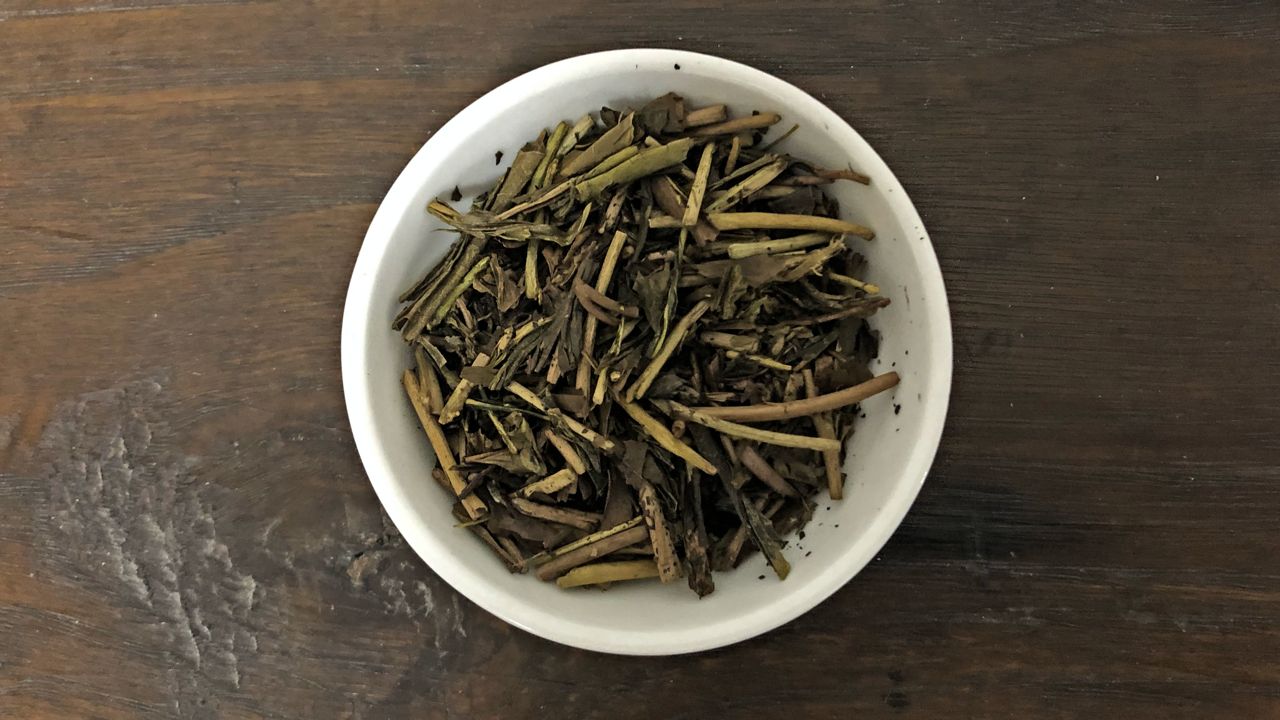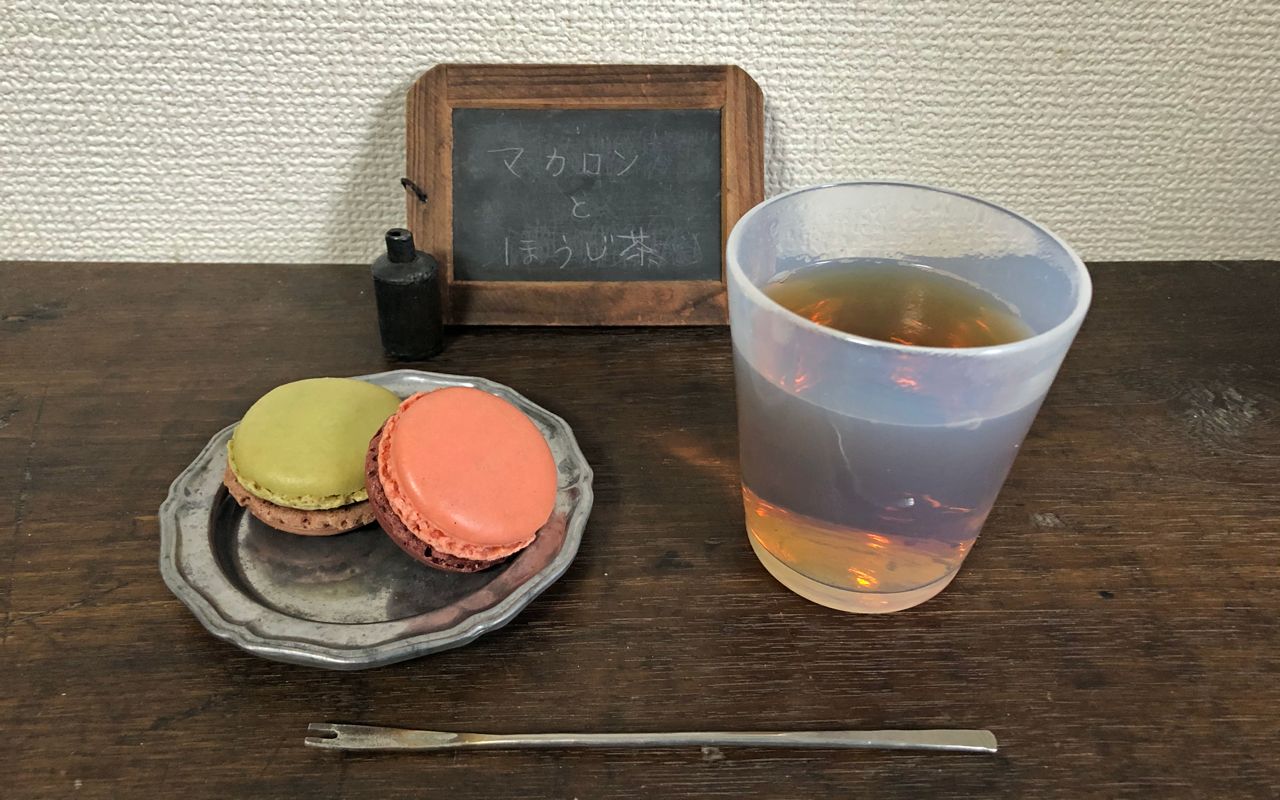February 2020 – Hōjicha from Uji, in the prefecture of Kyōto
For February 2020 we selected a Hōjicha (ほうじ茶) from Uji (宇治), in the prefecture of Kyōto (京都).

Hōjicha
For newcomers to Japanese teas, Hōjicha may be more accessible than other green teas like Sencha (煎茶). It doesn't have a strong taste. Moreover, it's easy to prepare as you don't need to worry about the temperature: you can simply pour boiling water on the tealeaves, just like black tea.
Hōjicha is made by roasting tealeaves, after steaming them. That’s why the tealeaves are brown in color, while the resulting infusion is a dark amber.
It is similar in appearance to black tea or oolong tea, but Hōjicha tealeaves are only roasted, not oxidized. For black tea they are fully oxidized, while for oolong tea they are about half-oxidized.
This Hōjicha production follows the same process as that of Sencha, until the sorting of tealeaves:
- First we steam the harvested tealeaves within 20 hours to preserve their freshness, and to prevent their oxidation.
- Then we twist the tealeaves by hand or using a machine, and loosen them so that the Umami element is evenly circulated throughout the tealeaves. Then we dry them well so that their color is not altered.
- We then sort the tealeaves. The ones that are homogenous and well-formed are collected and sold as-is, as Sencha.
- The remaining tealeaves, rough or malformed, as well as stalks and twigs, are roasted at a high temperature. They become Hōjicha, that is to say roasted green tea.
During the roasting, the caffeine is broken down and sweet flavors are released.

This Hōjicha has no bitterness and no astringency, but is smooth, fresh and sweet. I tasted it with the famous French sweets, macarons. Hōjicha’s natural sweetness does not spoil macarons delicate flavor. Because this Hōjicha has a delicate taste, not overbearing, but harmonious, we can drink it insatiably!
Day of declaration of love
The ideal woman –for Japanese men– is elegant, modest and humble. A woman should walk at a distance of 3 steps behind her husband. Girls who speak frankly are considered unfit for marriage.
However, St. Valentine day is exceptional. This day allows Japanese women to be bold and to declare their love with the help of chocolates. Although among Western people, couples exchange presents on this day, in Japan only women offer gifts.
It all started by the strategy of confectionery companies who invented this event to sell sweet products, especially chocolates. They succeeded very well!

This event was very well assimilated in the Japanese culture in the 70’s. Now in this season, we can see many chocolates everywhere in Japanese shops, especially in department stores that offer us hundreds of types of chocolates coming from all over the world.
Over time, Japanese women have changed, and the ideal Japanese woman feels has-been now (at least for Japanese women, maybe not for Japanese men…). Japanese women do not buy chocolates to declare their love, but for themselves!
Brewing Hōjicha
The amount of tealeaves should be adapted according to the desired taste: it should be around 12 - 15 grams of Hōjicha for 200ml (7oz) of spring water. The infusion should last 60 seconds in water at 90ºC (190ºF). The second infusion should be more brief.
I recommend using plenty of tealeaves, that’s the key to making a good Hōjicha! Enjoy!
